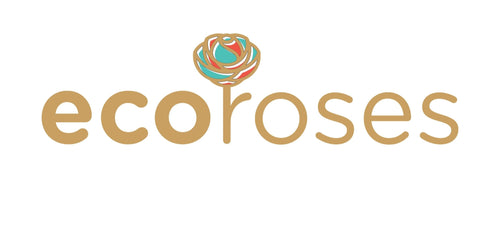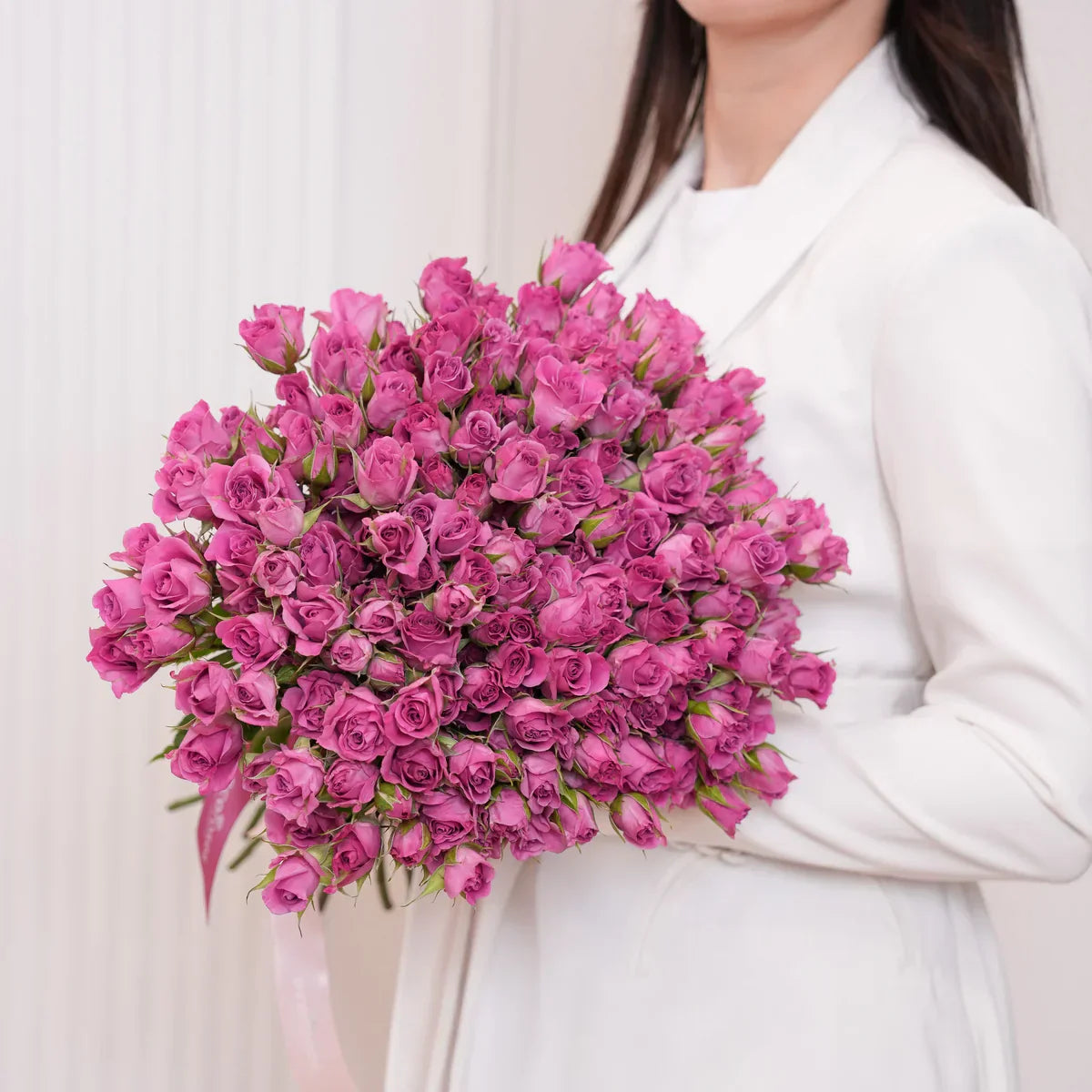The concept of drinking flowers may sound whimsical or even poetic-but flower tea has been a part of traditional cultures for centuries. With its vibrant colors, delicate aromas, and natural health benefits, flower tea is much more than a trend; it’s an ancient ritual making a beautiful comeback in modern kitchens and wellness routines.
If you're inspired by blooms and their many uses, start by exploring exquisite flowers available for purchase here-and get ready to sip beauty by the cup.
🌸 What Is Flower Tea?
Flower tea is an infusion made from dried blossoms, petals, or buds of edible flowers. Unlike traditional teas made from Camellia sinensis (green, black, or oolong), flower teas are herbal and naturally caffeine-free, making them ideal for:
-
Evening relaxation
-
Herbal healing
-
Natural detox
-
Aromatherapy in a cup
From the subtle sweetness of chamomile to the bold fragrance of hibiscus, flower teas offer a variety of flavors and health benefits.
🌼 Why Make Flower Tea at Home?
Sure, you can buy pre-packaged flower tea, but crafting it yourself offers unique advantages:
-
Freshness and purity: No preservatives or artificial additives
-
Customization: Blend multiple flowers and herbs to suit your taste or mood
-
Sustainability: Use flowers from your garden and reduce packaging waste
-
Cost savings: Homemade infusions are far more affordable than specialty teas
-
Therapeutic connection: The act of harvesting and steeping flowers creates mindful rituals
🌿 What Flowers Are Safe for Tea?
Not all flowers are safe to consume. The following list includes some of the most popular and safe blooms to use in homemade teas. Always ensure your flowers are pesticide-free, preferably organic, and properly identified.
|
Flower Name |
Flavor Profile |
Main Benefit |
|
Chamomile |
Sweet, apple-like |
Calming, aids sleep & digestion |
|
Rose Petals |
Mild, floral |
Mood booster, skin health |
|
Lavender |
Strong, aromatic |
Stress relief, reduces anxiety |
|
Hibiscus |
Tart, cranberry-like |
Lowers blood pressure, rich in vitamin C |
|
Jasmine |
Sweet, perfumed |
Antioxidant-rich, boosts energy |
|
Calendula (Marigold) |
Earthy, peppery |
Anti-inflammatory, skin healing |
|
Lemon Balm |
Lemony, fresh |
Uplifts mood, supports immunity |
|
Peppermint (with flowers) |
Minty |
Aids digestion, relieves nausea |
|
Butterfly Pea Flower |
Earthy, neutral |
Brain health, color-changing beauty |
🌸 Harvesting Flowers for Tea
✅ 1. Pick at the Right Time
-
Harvest in the morning after the dew has evaporated.
-
Choose blooms that are fully open but not yet fading.
✅ 2. Use Clean, Organic Blooms
-
Avoid using flowers from florists unless labeled edible and pesticide-free.
-
Never harvest from roadsides or treated lawns.
✅ 3. Wash Gently
-
Rinse with cool water and air dry completely on paper towels or mesh screens.
🌼 Drying Flowers for Tea
Drying ensures you can store your flowers for months without losing their aroma or benefits.
🌀 Air Drying
-
Spread blooms on a mesh screen or paper towel in a dry, shaded place with good air circulation.
-
Leave for 5–10 days until crisp.
🔥 Oven Drying (Quick Method)
-
Set your oven to 95–110°F (35–45°C).
-
Spread flowers in a single layer on a baking tray.
-
Dry for 1–2 hours, checking regularly.
💡 Tip: Store dried flowers in airtight jars away from light and moisture.
☕ How to Brew Flower Tea
Ingredients:
-
1–2 teaspoons of dried flowers
-
1 cup of hot water (not boiling)
-
Optional: honey, lemon, or additional herbs like ginger or mint
Instructions:
-
Place flowers in a teapot or infuser.
-
Pour hot water over them (ideally 180°F / 82°C).
-
Cover and steep for 5–10 minutes.
-
Strain and enjoy.
💐 Bonus: Try mixing flowers like rose and lavender, or chamomile and lemon balm for extra depth.
🍵 Flower Tea Blends to Try at Home
🌙 Evening Calm Blend
-
Chamomile
-
Lavender
-
Lemon balm
→ Promotes sleep and tranquility
❤️ Heart Opener Blend
-
Rose petals
-
Hibiscus
-
Orange peel
→ Boosts circulation and mood
🌼 Skin & Beauty Blend
-
Calendula
-
Rose
-
Jasmine
→ Nourishes skin from the inside out
🧠 Brain Boost Blend
-
Butterfly pea flower
-
Peppermint
-
Rosemary
→ Enhances memory and focus
🌎 Flower Teas Around the World
Chrysanthemum Tea (Ju Hua Cha)
Traditional in China, this floral tea is used for detox, reducing internal heat, and improving vision.
Tulsi & Rose Infusions
In Ayurveda, rose and tulsi (holy basil) are sacred plants that balance emotions and support immunity.
Flor de Jamaica (Hibiscus Tea)
A Mexican staple with tart, cooling flavors, often served cold with sugar and lime.
Sakura Tea (Cherry Blossom)
A rare springtime delight using preserved cherry blossoms in warm water-symbolizing rebirth and beauty.
🌺 Flower Tea & Wellness: What the Science Says
-
Chamomile: Contains apigenin, an antioxidant linked to sleep and anxiety relief.
-
Hibiscus: High in polyphenols that reduce blood pressure and cholesterol.
-
Lavender: Aromatherapy studies show it lowers cortisol and enhances mood.
-
Butterfly Pea Flower: Rich in anthocyanins for cognitive support and anti-aging.
Flower teas are not just pretty-they’re functional beverages with real physiological effects.
💡 Garden-to-Cup Tips for Beginners
-
Start with easy growers like chamomile, calendula, and mint.
-
Plant flowers in containers or raised beds for better soil control.
-
Avoid using chemical fertilizers or sprays.
-
Label your dried flowers clearly and store by harvest date.
-
Document your favorite blends and effects in a tea journal!
💐 Where to Buy Edible Flowers
If you don’t grow your own yet, you can source edible flowers from:
-
Local farmers’ markets
-
Organic herb suppliers
-
Specialty grocery stores
-
Online flower shops like Ecoroses LA
Their curated collection of premium blooms is perfect for gifting or experimenting with home-brewed beauty.
🌿 Final Thoughts: Cultivating Calm, One Cup at a Time
Making flower tea from your garden is more than just a DIY hobby-it’s a journey into slow living, natural health, and sensory joy. Each sip carries the sunlight, soil, and scent of a flower that bloomed under your care.
It’s a daily ritual, a form of therapy, and a celebration of beauty you can drink.
So whether you’re new to gardening or just craving a deeper connection to your cup, remember: some of the best tea leaves aren’t leaves at all-they’re petals, waiting to bloom again in boiling water.


